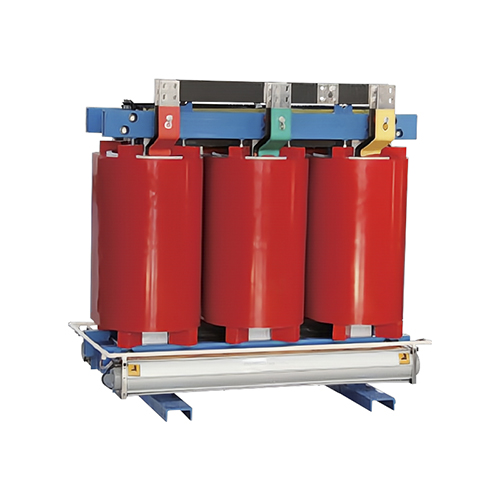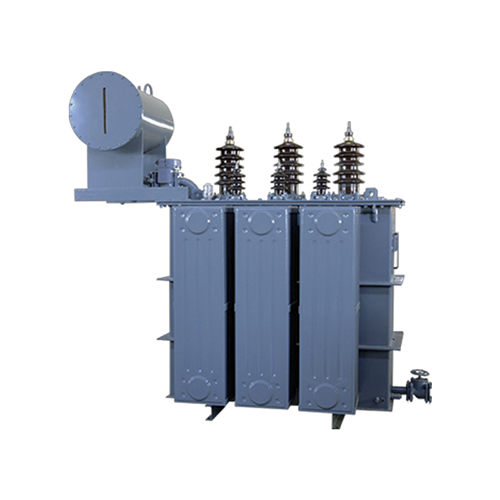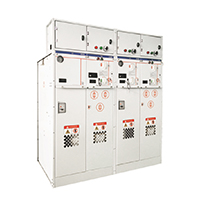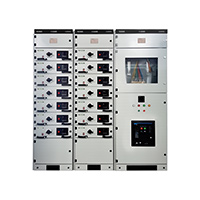What is difference between dry type transformer and oil type transformer?

 by changan electric
by changan electricTransformers are invaluable devices that facilitate the efficient utilization of electricity by converting high voltage power from electric pylons into lower voltage levels suitable for safe use. Without transformers, attempting to directly power small appliances from electric pylons would result in dangerous overloads or even explosions. These devices play a vital role in transmitting electricity from power stations to industrial, commercial, and residential establishments, enabling them to operate safely and effectively.
Currently, two primary types of transformers are in use: Dry Type Transformers and oil immersed transformers (also known as liquid-filled transformers). Although both types serve the same fundamental purpose, they exhibit significant differences, leading to various advantages in specific applications. These distinctions are pivotal in determining the suitability of transformers for different scenarios.

11kV Three Phase Epoxy Resin Cast Dry Type Power Transformer
The difference between dry type transformer and oil type transformer:
The main difference between dry-type transformers and oil-immersed transformers lies in their insulation systems.
Insulation Material: Dry-type transformers use solid insulation materials such as epoxy resin or cast resin, while oil-immersed transformers use liquid insulation oil as the primary insulating medium.
Cooling Method: Dry-type transformers rely on natural air circulation or forced air cooling to dissipate heat generated during operation. On the other hand, oil-immersed transformers utilize the insulating oil as both an electrical insulator and a cooling medium, allowing for better heat dissipation.
Fire Safety: Dry-type transformers are considered more fire-resistant compared to oil-immersed transformers, as they do not contain flammable liquids. This makes them suitable for installations where fire safety is a concern, such as buildings, hospitals, or densely populated areas.
Maintenance: Dry-type transformers generally require less maintenance compared to oil-immersed transformers. They do not require regular oil sampling, testing, or oil filtration, making them more convenient in terms of upkeep.
Environment: Dry-type transformers are more environmentally friendly as they do not involve the use of oil, eliminating the risk of oil leakage or contamination. They are often preferred in locations where spill containment may be a concern, such as near water sources or environmentally sensitive areas.

35kV Three Phase Oil Immersed Distribution Transformer
It's important to note that the choice between dry-type and oil-immersed transformers depends on various factors such as application, power rating, environmental considerations, and safety requirements. Each type has its own advantages and suitability for different scenarios.




